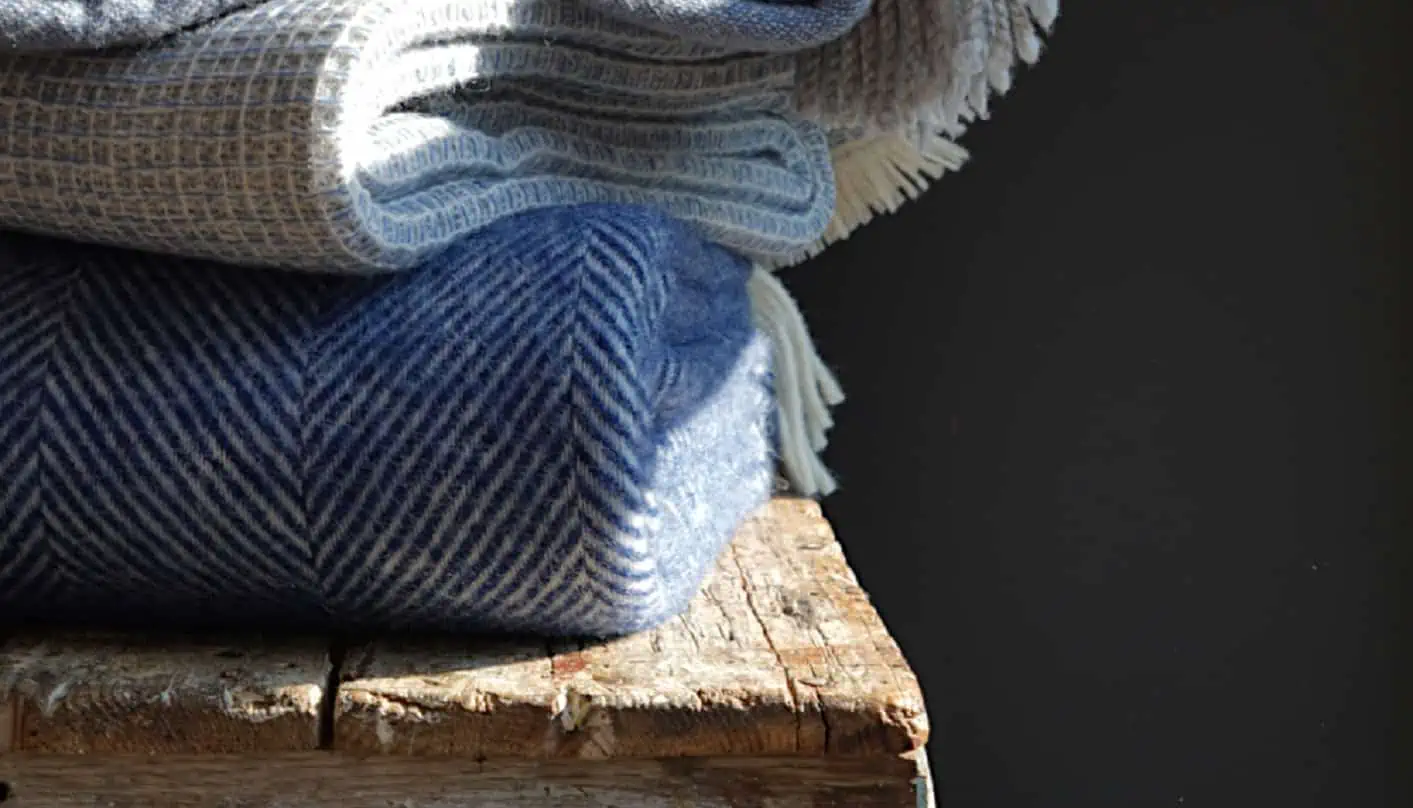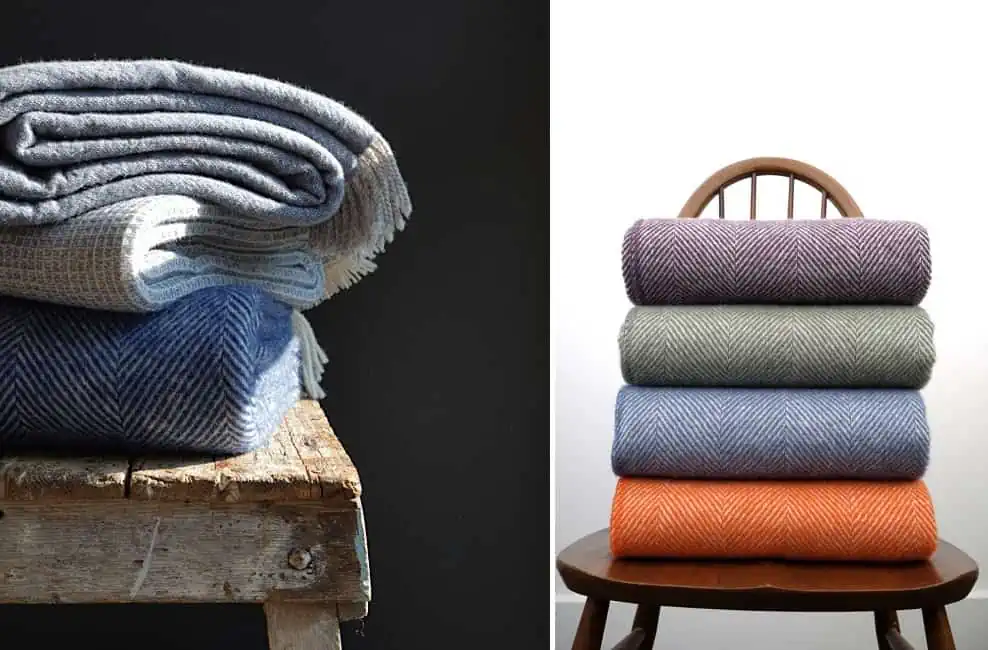
With its characteristic V-shaped weave, the iconic herringbone pattern has long been the go-to in classic schemes, with its repeated arrangement exuding elegance and sophistication that not only looks great but feels even better to touch. But where did the herringbone pattern come from?
Here we take a look at its long and rather detailed history, which dates back to the Roman Empire!
The characteristics of herringbone
From flooring and paving to the designs that adorn so many of our own, cosy creations, the herringbone pattern can be seen pretty much everywhere. Known for its links to heritage, the weave has been the principle pattern for many garments, fixtures and furnishings, with both small and large-scale herringbones delivering differing looks for different wardrobes and homes.
We’ll let Bespoke Unit explain exactly what makes the herringbone weave what it is:
“Technically, herringbone is a type of twill weave, not a pattern or texture… Herringbone can be so prominent that it looks like a pattern and has a distinctive texture. Regardless, herringbone is also referred to as a ‘broken twill weave’, forming a unique V-shaped pattern that resembles the skeleton of a herring, hence the name. It is more often than not made of wool, and tweed fabrics quite often utilize herringbone as their weave.”
Ancient Rome – the birthplace of herringbone?
The Roman Empire is responsible for many of the inventions we still rely on today. Alongside the Empire’s advancements in architecture, philosophy, literature, art, religion and science, it is also credited with the creation of the herringbone pattern.
Primarily used in the construction of roadways during the Roman Times, the herringbone pattern made an interlocking paving system possible. The new method offered a more robust and stable alternative to previously used techniques, with the herringbone pattern able to withstand higher levels of traffic and footfall than ever before.
The Egyptians loved herringbone too!
While Ancient Rome is referred to as the birthplace of herringbone, it appeared much earlier. Ancient Egyptian jewellery often used the herringbone pattern; these designs were particularly popular amongst upper-class Egyptians.
The herringbone pattern wasn’t seen until much later within the textile industry. The earliest herringbone fabrics were discovered in Ancient Italy. These creations laid the foundations for a love of herringbone that transcended the ages right up until the modern day.
Why we adore herringbone
The herringbone pattern is a popular part of our collection and for good reason. In addition to exuding elegance and charm, the herringbone pattern is a great composition for a wide range of fabrics, including cotton, tweed, linen and, of course, our beloved wool.
Its versatility makes it a widespread addition to wardrobes and homes all over the world. When used on a smaller scale, herringbone can add interest to the look and feel of any fabric.
Larger scale herringbone patterns provide a bold geometry that looks fantastic in contemporary settings. The use of colour is also amplified with the herringbone pattern, with everything from striking contrasts to strong yet classic tones able to be achieved.
Explore herringbone at its most beautiful right here at So Cosy. Whether going bright and bold with our herringbone Dani Throws – found in almost every colour of the rainbow – or enjoying a subtle hint of herringbone courtesy of our brand new Ara Throw, you’re certain to find the cosy additions you need to bring your space bang up to date.
